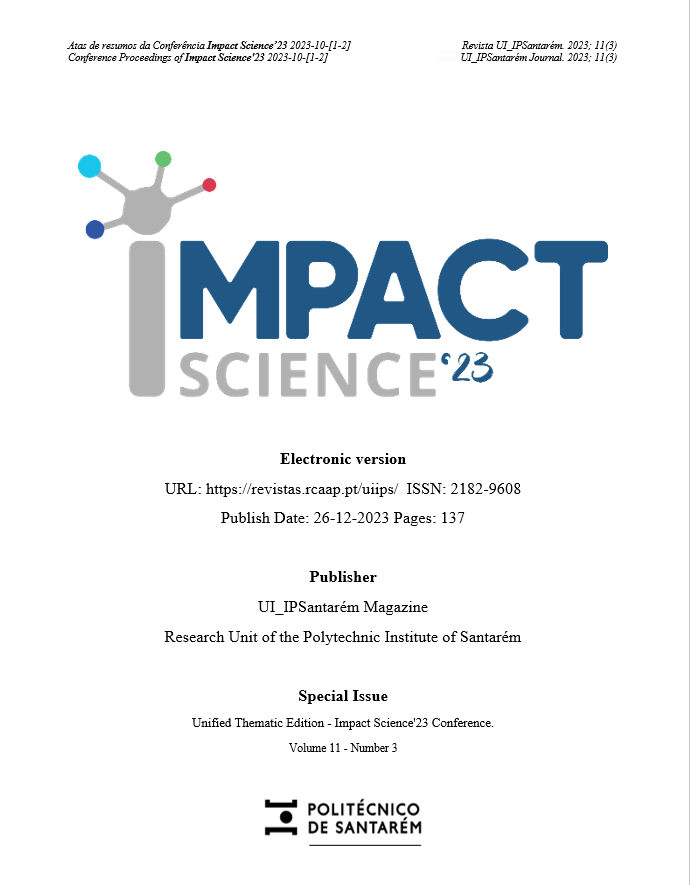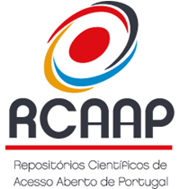Path Assessment. Case Study: "PR1 – (Rio Maior) – Marinhas de Sal" in the Natural Park of Serras de Aire e Candeeiros
DOI:
https://doi.org/10.25746/ruiips.v11.i3.32440Keywords:
Evaluation of walking routes, Level of difficulty, Level of tourist interest, Outdoor recreationAbstract
The growing demand for the practice of signposted walking routes (Pedestrianism) is a reality that deserves to be studied. Thus, the objective of this study was to evaluate the pedestrian route PR1 (Rio Maior) - Marinhas de Sal, integrated in the Natural Park of Serras de Aire e Candeeiros (PNSAC), is one of the oldest and most charismatic routes of the "Estremadura Limestone Massif", lacking an updated and innovative technical and professional evaluation. Thus, from a methodological point of view, the "Information and Evaluation Method for Pedestrian Routes" (MIA_PP) was used in 2022, using 42 Nature Sports monitors (average age = 21.8 years; gender: 62% male / 38% female; experience level = 3.8 medium/good; physical condition level = 3.9 medium/good. Main results: i) Circular route; ii) Length of 3430m; iii) Average duration of 1h30; iv) Level of difficulty "low", considering the unevenness (Ac.+ = 111m), slope (between 5% and 10%), perception of effort (Borg Scale. =3.9), easy progression (dirt and firm ground), external load (very light: up to 5% of body weight), type of vegetation (little dense), transposition of obstacles (easy), v) Level of tourist interest (10 POIs = M.Good); Recommended seasons: spring, summer and autumn. This type of evaluation allows the selection of a route according to the recipients and the objectives to be achieved, also allowing nature sports technicians to improve and adapt the planning of this activity, avoiding dissatisfaction and accidents.
Downloads
Published
How to Cite
Issue
Section
License
Copyright (c) 2023 Carlos Mata, Luis Carvalhinho

This work is licensed under a Creative Commons Attribution-NonCommercial-NoDerivatives 4.0 International License.
Authors publishing in this journal agree to the following terms:
Authors retain copyright and grant the journal the right of first publication, with the article simultaneously licensed under the Creative Commons Attribution License that allows sharing of the work with acknowledgement of authorship and initial publication in this journal.
Authors are permitted to enter into additional contracts separately for non-exclusive distribution of the version of the article published in this journal (e.g., publish in an institutional repository or as a book chapter), with acknowledgment of authorship and initial publication in this journal.
Authors have permission and are encouraged to publish and distribute their work online (e.g., in institutional repositories or on their personal webpage) at any point before or during the editorial process, as this may generate productive changes, as well as increase the impact and citation of the published work.





